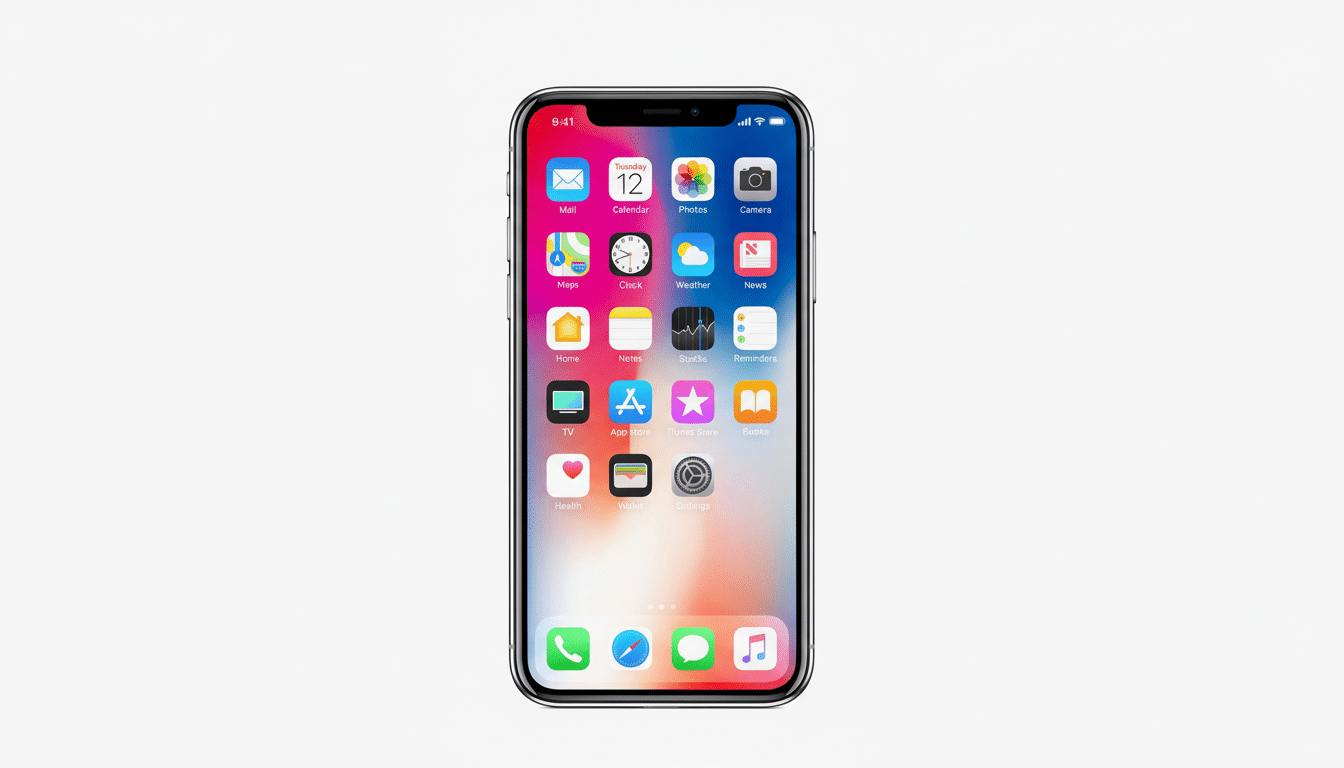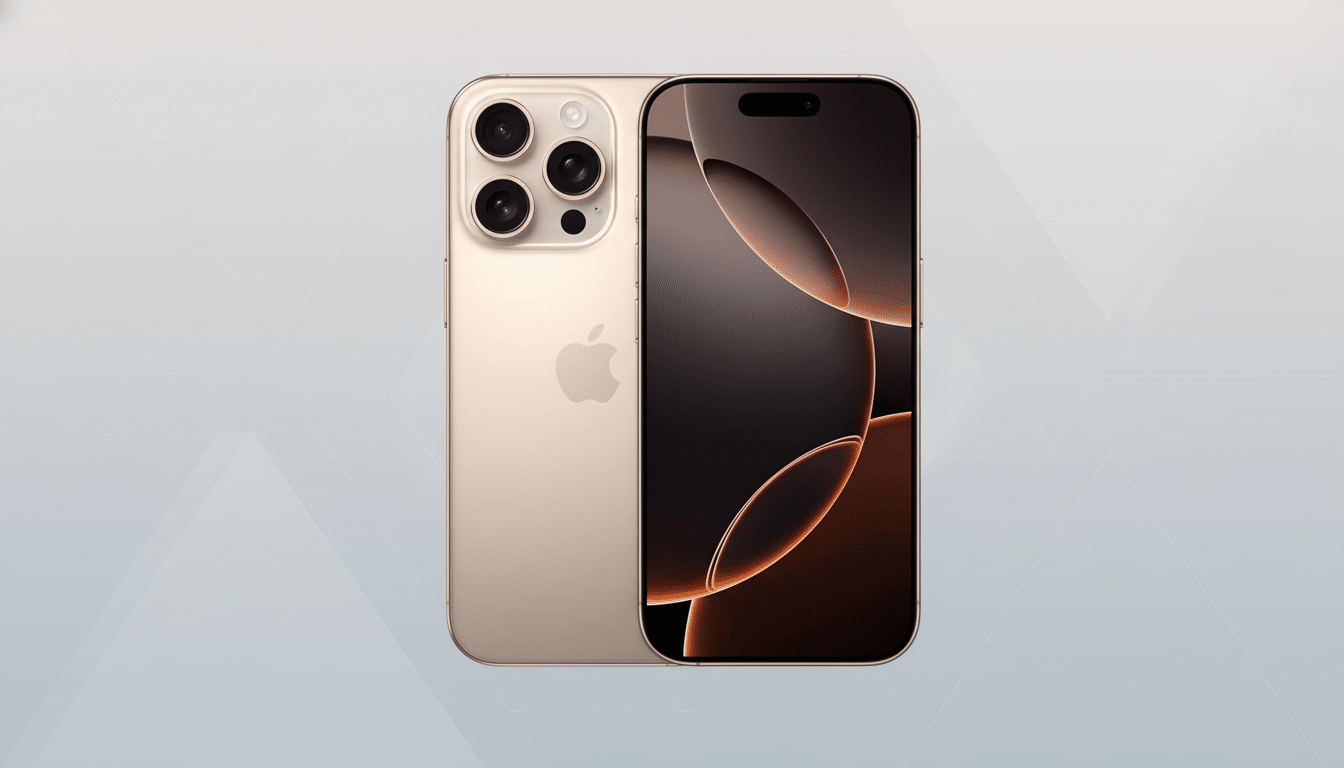If your No. 1 priority is to keep a phone in brand-new condition, and you just cannot bring yourself to use a case, the most practical move is easy: Do not buy an iPhone. That’s not a contrarian hot take; it’s a matter of materials-science fact vs. Apple industrial-design choices. iPhones are gorgeous, but in real life their finishes and surfaces wear quickly.
Scratching occurs when something you’re holding that’s harder than what it comes into contact with (the softer surface, a.k.a. the Gorilla Glass) rubs it very aggressively thousands of times to wear away at the actual glass itself, leaving scratches.

Smartphone glass usually scratches at Mohs 6, with deep grooves at 7, as independently verified countless times by testers such as JerryRigEverything. Quartz — the material in beach sand and pocket grit — is Mohs 7. Translation: the dust in your jeans can scratch up your screen and camera surround over time, even if keys and coins won’t.
Why iPhone materials show wear in everyday use
Apple’s front glass, which has been branded Ceramic Shield and was designed with Corning, is optimized first for shatter resistance. Corning has long said that there’s a trade-off between shatter toughness and scratch hardness, and most forms of modern glass make some sort of compromise. In reality, micro-abrasions are part of life and iPhones are not immune.
Then there is the frame and back. Anodized aluminum, which the non‑Pro iPhones use, resists shattering but can pick up nicks and scuffs; it also feels cheap too easily. Pro models have cycled through polished stainless steel and brushed titanium. Polished steel wears hairline swirls more quickly than you want to see, and titanium’s anodized or otherwise treated finishes can accumulate rub marks at the edges of pockets, bags and desks. None of this is bad engineering — it’s the manifested cost of premium surfaces.
Design plays a role, too. The flat sides, with prominent camera islands and sharp-edged lens rings, concentrate the contact on a few small points. Put an iPhone on the table at a cafe, and it is the camera plateau that gets the hit. Apple’s lens covers are advertised as sapphire, but independent tests of their hardness have indicated that they can be scratched below the level of pure sapphire (Mohs 9), so circular micro-scratches around the cameras are common.
Evidence from tests and everyday iPhone owners
In durability channels, we see iPhones consistently scratching at level 6 with deeper grooves at level 7 (as do most other high-end smartphones). It’s not that iPhones scratch any more; it’s that the manner in which Apple finishes metal and glass renders the damage easier to see under everyday lighting. Brushed titanium highlights scuffs. Matte glass obscures fingerprints but does still mirror micro-abrasions at some angles.
Chains like uBreakiFix by Asurion often take walk-ins concerned about cosmetic issues long before they worry about structural ones. Consumer Reports has long recommended that pocket grit — not keys — is the true enemy of screens and that cases and tempered glass protectors substantially mitigate visible wear. In the market for resale, meanwhile, marketplaces such as Back Market and Swappa offer the same iPhone model at significantly different prices depending on whether it’s “pristine,” “good” or merely “fair” — condition alone can make a phone worth double-digit percentage points more (or less), according to used-device trade-in analysts at SellCell.

What to choose if you won’t tolerate scratches or cases
If you’re not going to put up with scratches, and you’re not going to cover it up, what you need are materials that hide or fend them off better than those of an iPhone’s metal-and-glass showroom.
Some Android flagships feature Corning Gorilla Armor on their displays, and not only has it been found to reduce glare but also to make micro-scratches less visible than conventional glass in hands-on reviews from independent reviewers. Others favor textured backs — vegan leather, satin polymers or micro-etched glass — that shed scuffs far more gracefully than bare metal.
You can also mix strategies. Unfortunately, your screen could really take a beating (right along with you). With a premium tempered glass protector, the protector can take each hit; peel one off and slap on another — your phone remains damage-free. An ultra-thin cover provides grip and sacrificial protection for camera areas without obscuring the silhouette. None of these solutions is as pure as going bare — but purity is often the enemy of durability.
The honest bottom line on going case-free with an iPhone
Apple makes devices that are the closest thing we have to jewelry while remaining easy enough to use for jerks like you and me.
Seeing it age, it’s like turning your iPhone into an old watch — which is something I’ve always dreamed of doing.
The iPhone will be treated more as jewelry with a lot of people than any other phone. If what you seek is a showroom-perfect phone that you don’t use with a case, an iPhone is not for you: physics and finishes will win. Either house your device in a case and cover, embrace the inevitable scuffs as personality, or choose a phone that’s built — and surfaced — to better conceal everyday wear. If you really hate scratches, pass on the iPhone.

